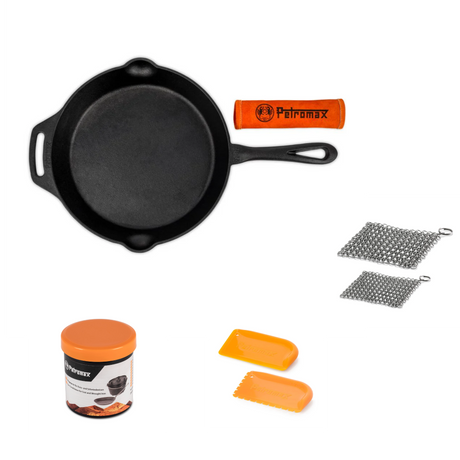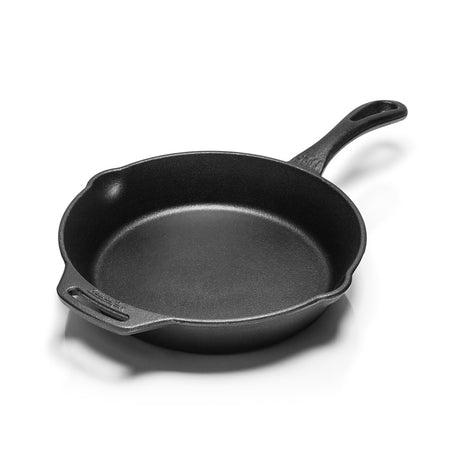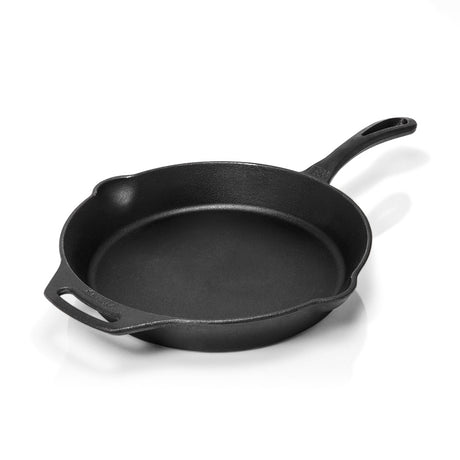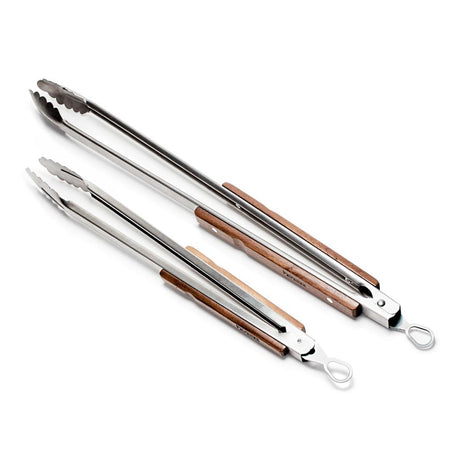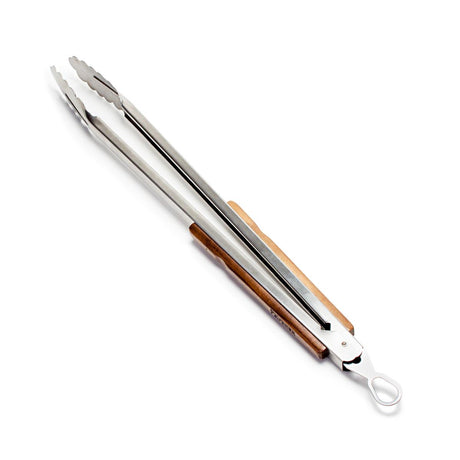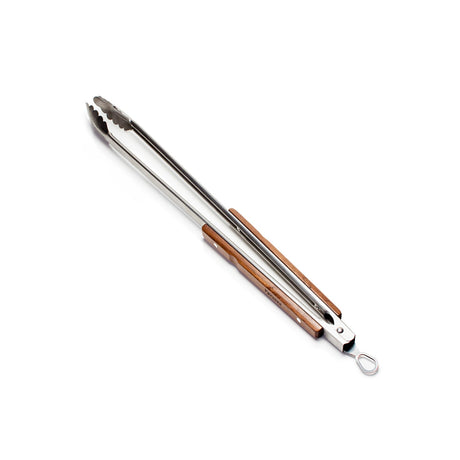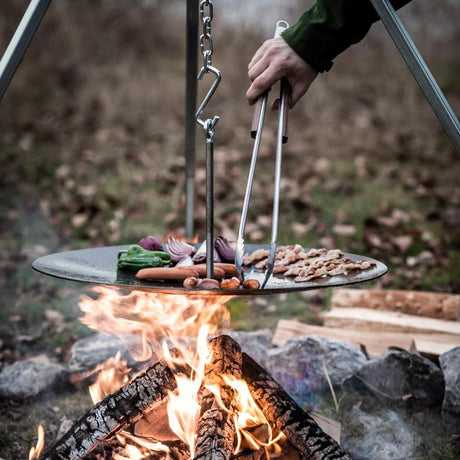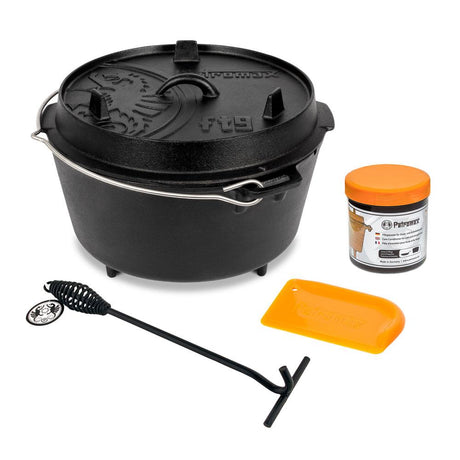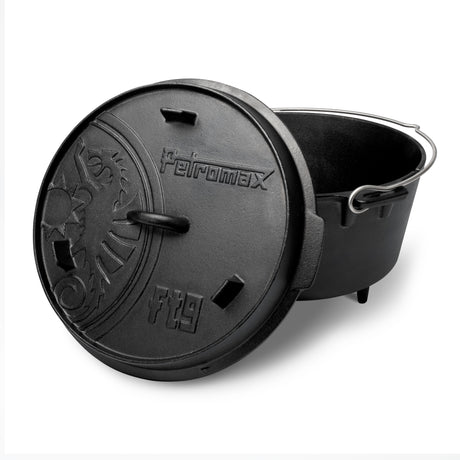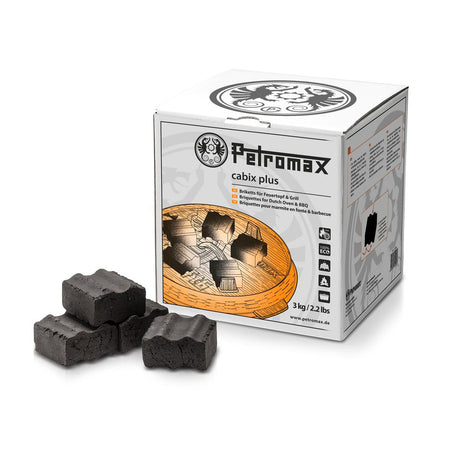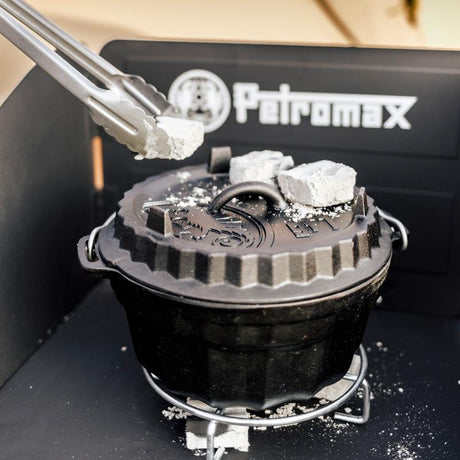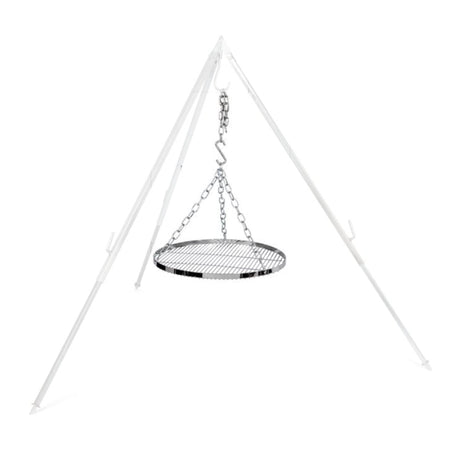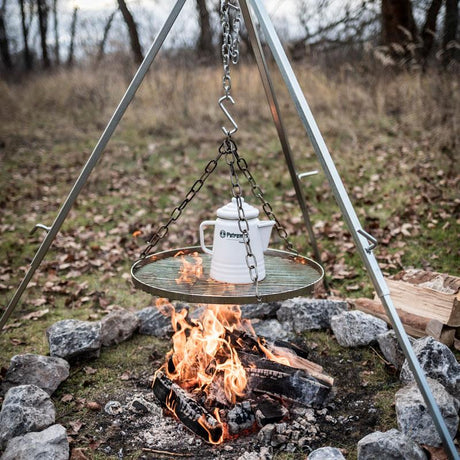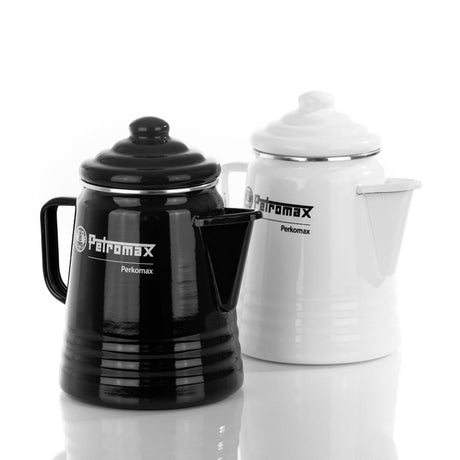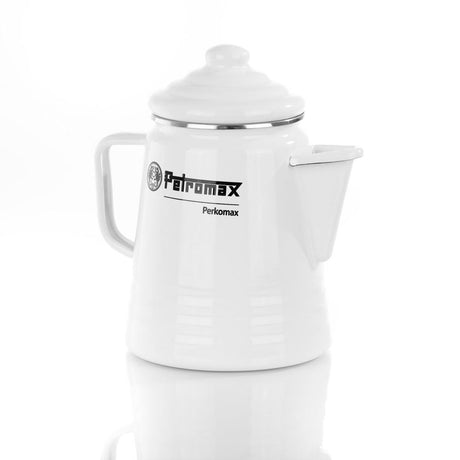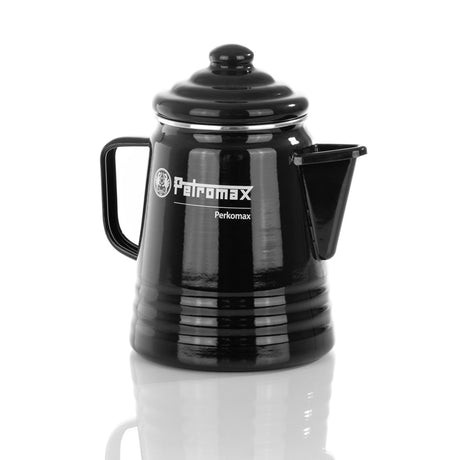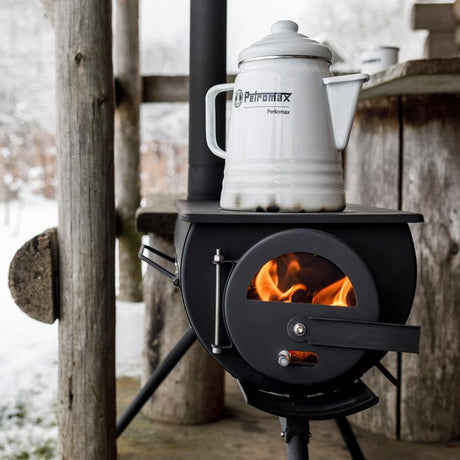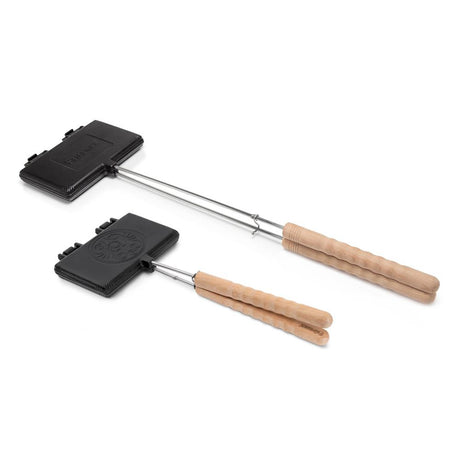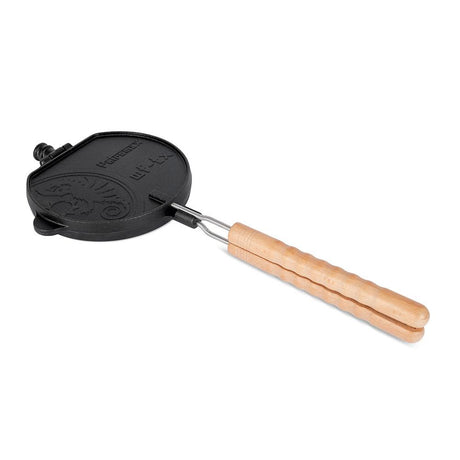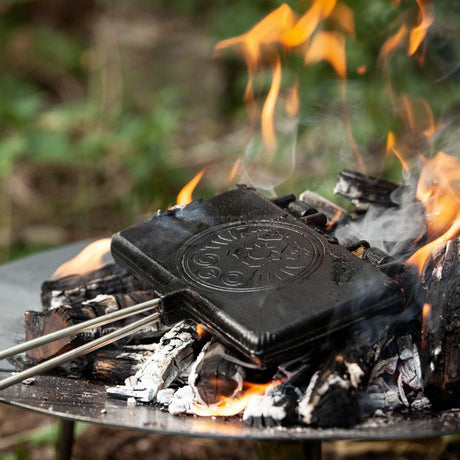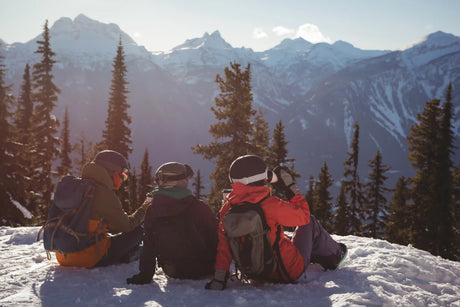It's really cold outside, your breath is freezing in the air - and you still want to go out? Then the right clothing is crucial in winter. To keep you warm, dry and active whatever the weather, we'll show you how to dress properly in winter - from the onion principle and accessories to tips for babies and outdoor activities.
Table of contents
Why is it important to dress properly in winter?
What is the onion principle and how does it work?
How can you dress babies and toddlers warmly in winter?
What should you bear in mind for outdoor activities in winter?
Which accessories keep you particularly warm in winter?
What mistakes should you avoid when dressing in winter?
Conclusion: Warm, flexible and ready for any adventure
Why is it important to dress properly in winter?
When it's freezing outside and temperatures plummet, your body has its hands full trying to keep warm. If it cools down too much, it can quickly become uncomfortable - or even dangerous. Cold air, wind and moisture are the biggest enemies, as they drain your body of energy and can lead to hypothermia.
It is particularly important to protect yourself properly against the cold when spending long periods outdoors or doing activities in the snow. The right clothing not only ensures that you don't freeze, but also that you can move freely. It keeps the cold temperatures out and the warmth in - and ensures that you feel completely comfortable even in wind and weather.
In short: the right winter clothing not only protects you from frostbite, but also from colds and muscle tension. And it ensures that you feel just as comfortable outside as inside.
What is the onion principle and how does it work?
If you want to dress properly in winter, there is no way around the onion principle. This layering system ensures that you neither freeze nor overheat. It involves wearing several layers of clothing on top of each other - just like the layers of an onion.
The three layers at a glance:
| Layer | Function | Material recommendation |
|---|---|---|
| 1st layer (base layer) | Transports moisture away from the skin | Breathable and moisture-wicking thermal underwear made from merino wool or functional fibers |
| 2nd layer (insulation layer) | Stores body heat | Fleece jacket, wool sweater or lined vest |
| 3rd layer (outer layer) | Protects against wind, rain and snow | Waterproof and windproof jacket, e.g. with down or synthetic filling |
The onion-skin principle has many advantages: You remain flexible, can take something off if necessary and adapt effortlessly to changing temperatures. It also ensures freedom of movement so that you don't feel constricted when hiking or collecting wood.
Tip: When you're out and about, look out for breathable materials - this allows perspiration to escape without you cooling down.
How can you dress babies and toddlers warmly in winter?
Babies and toddlers cool down more quickly than adults because they are not yet able to regulate their own body temperature. Therefore, the simple rule of thumb is to wear one more layer than you do.
Warm overalls that cover the whole body and retain heat are particularly practical. Make sure that the clothing fits comfortably and is not restrictive. A hat and gloves are always a must in winter, as a lot of heat is lost through the head and hands. Mittens are also ideal because they keep your fingers warmer than tight gloves.
A good trick to check whether your baby is dressed warmly enough: the neck test. If the neck feels warm (not hot or sweaty), everything is perfect. This will prevent your child from overheating.
Checklist for babies in winter:
- Warm overall
- Hat
- Mittens or gloves
- Thick socks or lined shoes
- Blanket or footmuff for the baby carriage
What should you consider for outdoor activities in winter?
Whether you're jogging, hiking or simply active outdoors - the right outdoor clothing is essential in winter. When you move, your body produces heat and sweat. To prevent you from freezing, you need clothing that is breathable and transports moisture to the outside.
You can find more tips in our guide to winterlichen Outdoor-Aktivitäten.
Setze auf mehrere flexible Schichten, die du je nach Intensität an- oder ausziehen kannst. Eine gute Sportunterwäsche, ein atmungsaktiver Midlayer und eine winddichte Außenschicht sind ideal.
Bei längeren Touren oder Abenteuern im Schnee solltest du außerdem immer warme Kleidung und passende Ausrüstung dabeihaben. Eine praktische Packliste findest du here.
And if you're looking for the right equipment, take a look at our Outdoor clothing . You'll be well equipped for any winter adventure.
Which accessories keep you particularly warm in winter?
It's often the little things that make a big difference: A hat, gloves and woolly socks are essential when you're out and about in winter. The body loses the most heat through the head, hands and feet.
To keep your feet dry and warm, you should definitely wear wool socks. They insulate well and absorb moisture without cooling you down. Socks should also not be too tight - this keeps your circulation intact.
Lined gloves or mittens are ideal for your hands. Make sure they are water-repellent so that your fingers stay nice and warm even in the snow.
A well-fitting hat or headband is also a must. Because you lose heat particularly quickly through your head - and that's exactly what you want to avoid in winter.
What mistakes should you avoid when dressing in winter?
A common mistake is to simply put on a thick layer of clothing in winter. This may seem warm at first glance, but it is impractical: a single layer cannot regulate the heat and you quickly start to sweat - only to freeze shortly afterwards when the moisture cools down.
Cotton clothing next to the skin is also not a good idea because it retains moisture and makes you cool down more quickly. Instead, opt for functional fibers or merino wool, which wick away moisture.
What's more, clothing that is too tight can restrict your circulation and make you less able to cope with the cold. It's better to choose comfortable cuts that allow you freedom of movement.
Before winter arrives, you should also check your equipment and clothing: Is everything still in good shape, tight and warm enough? This way, you can be sure that you are well prepared for the real winter.
Conclusion: Warm, flexible and ready for any adventure
If you dress properly, winter will be your favorite season. The onion principle with three layers is the key: breathable underwear, an insulating mid-layer and a protective outer layer. Look for high-quality materials, avoid cotton and don't forget your hat, gloves and warm socks - they keep you extra warm.
Whether you're out for a walk, on a tour or on an outdoor adventure: with the right clothing, you're guaranteed not to freeze - and can really enjoy the winter.





